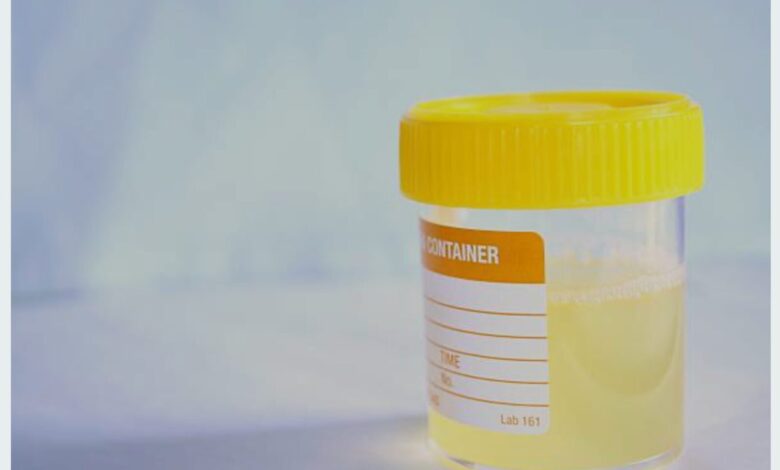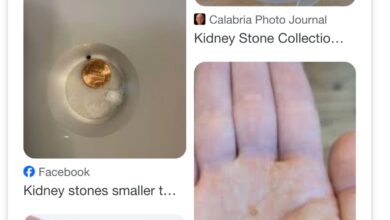RECURRING UTI’S: WHAT CAN YOU DO?

Women have Urinary Tract Infections (UTI’s) far more often than men setting them up for recurrent UTI’s. Women’s anatomy makes them more susceptible, so when a patient has 3 UTI’s in 12 months, or two in 6 months, they are considered to have recurrent UTI’s. Most UTI’s recur either because the original infection was incompletely treated or because some physical abnormality makes the person prone to become easily re-infected. Usually, recurrent UTI’s require a course of antibiotics. To confirm the infection is gone after treatment, a repeat urinalysis, a culture of the urine, or both are done. With clear urine and a negative culture, resolution of the UTI is a good bet.
However, antibiotics, as helpful as they are, are not without problems of their own. Multiple side effects, allergic reactions, and super-infections can occur. “Super-infections” occur when the antibiotic being taken causes a resistant bacterial strain to grow and cause another infection. This is a serious problem and difficult to treat. Because of these problems, and the frequent need for antibiotics, nonantibiotic treatments have been devised for the prevention of UTI’s. These “nonantibiotic strategies to prevent recurrence” were discussed in the August 14, 2025 issue of Medscape.
They are used as initial management of recurrent UTI’s with the hope of holding off the need for antibiotics.
I will discuss each separately and opine at the end of each item.
- Behavioral Changes: Drink more water every day—at least three-fourths of a 2-liter bottle. Empty the bladder frequently, do not delay urination—respond to the urge to urinate. Practice good feminine hygiene. Urinate immediately after sexual intercourse. Avoid spermicides, tampons, diaphragms, douching, and tight clothing.
Opinion: The purpose is to prevent the bladder from retaining urine that gets infected.
2. Estrogen: Vaginal estrogen creams reduce bacteria that cause UTI’s and promote growth
of the “good bacteria.”
Opinion: Vaginal estrogen “significantly reduced recurrent UTI’s compared to placebo.”
3. Cranberries, Cranberry Juice: 200-300 ml (12-18oz) per day for 6 months will acidify the
urine and prevent E. coli from sticking to bladder cells. Cranberries also prevent recurrent
UTI’s.
Opinion: A Long term, well
-known preventive treatment.
4. Probiotics: Restore normal bacterial growth in the vagina and suppress some of the bad
bacteria preventing recurrent UTI’s.
Opinion: Also help restore normal intestinal bacteria as well.
5. D-Mannose: “A natural sugar that blocks…bacteria…from attaching to bladder cells.”
Opinion: None. Have no experience with D-Mannose.
6. Methenamine hippurate (Mandelamine): An anti-bacterial drug used like an anti-septic to
acidify the urine and prevent UTI’s by killing bacterial protein. Take it twice a day for 12
months
Opinion: I used Mandelamine occasionally in women who had been on antibiotics. It
worked just ok.
There are other experimental treatments such as oral bacterial vaccines, hyaluronic acid, chondroitin sulfate, and “phage therapy” that are beyond this discussion, and that family doctors would never prescribe.
At the conclusion of the article the author stated, “Anything that helps us avoid antibiotic use is welcome.” I think these nonantibiotic methods can be used effectively, and they are, but antibiotics are the end all of recurrent UTI’s and will usually need to be prescribed.
Reference: Loews M. Recurring UTI’s? 9 Potential Nonantibiotic Solutions Medscape 2025 August 14.




